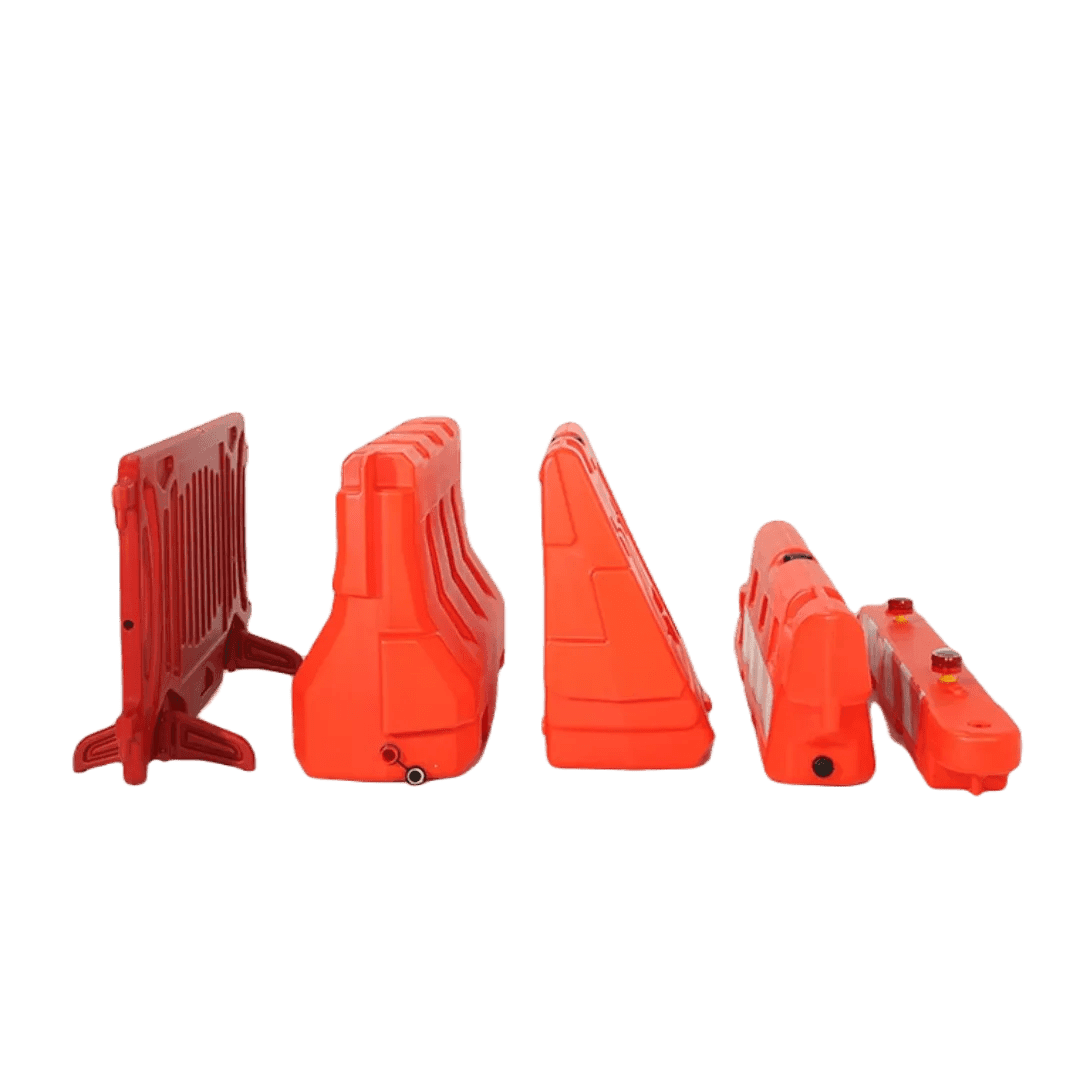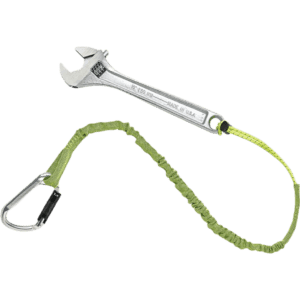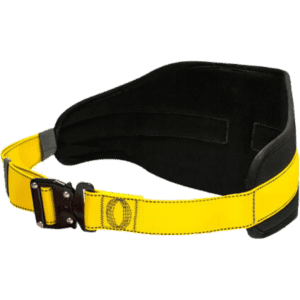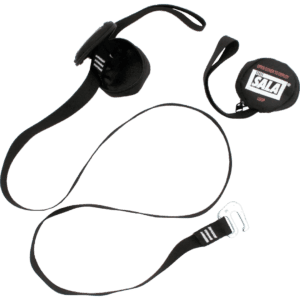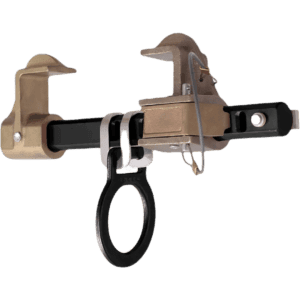Safety barricades are vital tools for maintaining workplace safety by marking off hazardous zones, construction sites, or emergency areas. They are typically used to alert workers and pedestrians to potential dangers, such as exposed electrical wiring, slippery floors, or ongoing construction. Barricades can be made from various materials, including plastic, metal, and reflective tape, to ensure high visibility. They come in multiple forms, including folding barricades, rigid metal or plastic frames, and flexible tape systems, allowing for easy deployment and removal. Barricades are designed to comply with safety standards like OSHA and SASO 1900 to ensure that they are durable, visible, and effective at guiding people away from hazardous areas.
Key Features:
- High Visibility: Bright colors and reflective elements for easy visibility in low-light conditions.
- Durable Construction: Made from weather-resistant materials, designed for use both indoors and outdoors.
- Portable and Adjustable: Folding or collapsible models allow for easy transport and storage, while rigid barricades provide more permanent solutions.
- Multi-Purpose: Ideal for marking off hazardous areas, construction zones, or emergency exits.
Types and Standards:
- Folding Barricades: Portable and easy to store, often used in temporary or small-scale hazard situations.
- Rigid Barricades: Designed for larger, more permanent safety applications, often used for construction sites or manufacturing areas.
- Reflective Barricades: Feature reflective strips to enhance visibility, particularly in low-light or nighttime environments.
- **OSHA, SASO 1900: Standards that govern the construction and use of safety barricades to ensure proper visibility and reliability.
Brands Available:
MCR Safety, Brady, Uline, 3M, and New Pig provide a wide range of safety barricades for different applications in workplaces and construction zones.
General Maintenance:
Inspect barricades regularly for signs of wear, such as cracks, fading colors, or missing reflective strips. Clean them periodically to remove dirt or debris that may reduce visibility. Ensure that folding or collapsible barricades are operating smoothly and that all components are intact. Replace any damaged or broken barricades to maintain safety standards.

